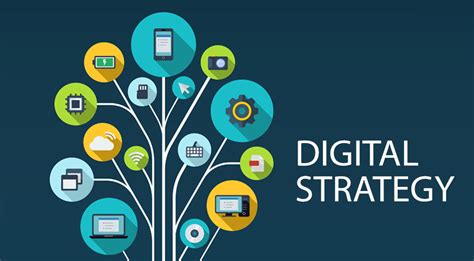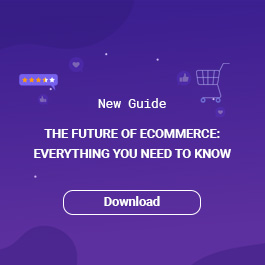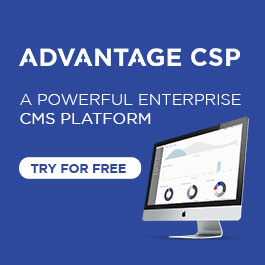What does a digital strategy roadmap actually look like? It can take a variety of forms.
This blog post is a part of our new series called “Digital Strategy Roadmaps: A Step-by-Step Approach to Success”.
In the previous post, we shared our five-step process for creating a digital strategy roadmap. Today, we are going to discuss how you should structure your digital roadmap.
Our digital strategy roadmap is often a document that contains the following basic structure:
- Background Goals & Objectives
- Current State vs. Proposed
- Future State Roadmap Plan
Digital Strategy Roadmaps: Background Goals & Objectives
Start by reminding everyone what problems you are aiming to solve. Why are we here? Recap the broad vision of what you are trying to achieve, the core objectives that need to be met, and some background context on the current state.
Key parts to include:
- Problem Statements: Why are we doing this?
- Key Objectives: The vision you are building towards
- Research Insights
- Solution Outcomes and Roadmap Initiatives
Current “Before” State vs. Future “After” State
Next, you need to illustrate the plan that you are proposing. This is where diagrams, tables, and charts are especially useful as they help everyone understand where you are right now and where you are going.
For the current “before” state, your assessment needs to communicate all the different components currently involved in the process / system / service. This includes all the features and existing functions, plus how those features and functions work together and/or connect in the context of the broad system or organization.
For example, if you are building a digital strategy for your organization’s web presence, your current state would likely cover:
- Existing tools and platforms (e.g. CMS, CRM, a marketing automation tool, eCommerce, etc)
- Existing integrations with third-party platforms or systems (e.g. social media platforms)
- Any automation or additional channels that piggyback off the site (e.g. a newsletter)
- Possibly departments or third party vendors who are responsible
You would need to think about all the content, where it comes from, where it goes to, and what is holistically being produced.
For your future “after” state, you will need to include the components you are keeping, re-organizing, and adding to show how objectives will be met. If you are redesigning a website and adding in some marketing automation, e-commerce, or a mobile app, you would include that process / system or service within the ecosystem of connections.
Roadmap Plan
The last component is the supporting detail and description of the roadmap plan itself. Include a thorough explanation of each initiative and strategy around how you are going to achieve it.
Add charts, documentation, or data that supports your definition of current and future state. Here, ideally, you want to include your KPIs and success metrics as well as intended outcomes. This helps with optimization, enabling measurement against benchmarks and supporting decisions to pivot.
Now vs. Later vs. Not Doing
What is the most important piece(s) you need to work on to realize your business objectives? What is(are) a less important piece(s) of the future state? What can’t or won’t be done at all?
Describe your initiatives and outline the level of impact (high, medium or low) and any relevant dependencies or considerations. Gauge by:
- Cost- Let’s say your digital strategy realizes a new CMS and CRM is required, but there isn’t a budget for both. Your roadmap may need to consider how to roll-out a new CRM first with a temporary CMS solution, secure more budget in a future phase, then continue on to long-term CMS solution.
- Level of Effort- Consider the level of effort required. How long and how many resources will each discrete initiative take? What is needed in terms of internal or external resources? Level of effort pertains to cost, resourcing and timeline.
- Timeline- How long will each initiative take? What are the milestones, what order or sequence should they take, and (roughly) when do you expect completion?
When moving to the activity schedule, it is essential to identify the predecessors and dependencies. For example, you can’t migrate to a new database before you have gone through the database selection process. In this case, the “selection process” will be the predecessor to “database migration”. This needs to be included in your roadmap plan.



